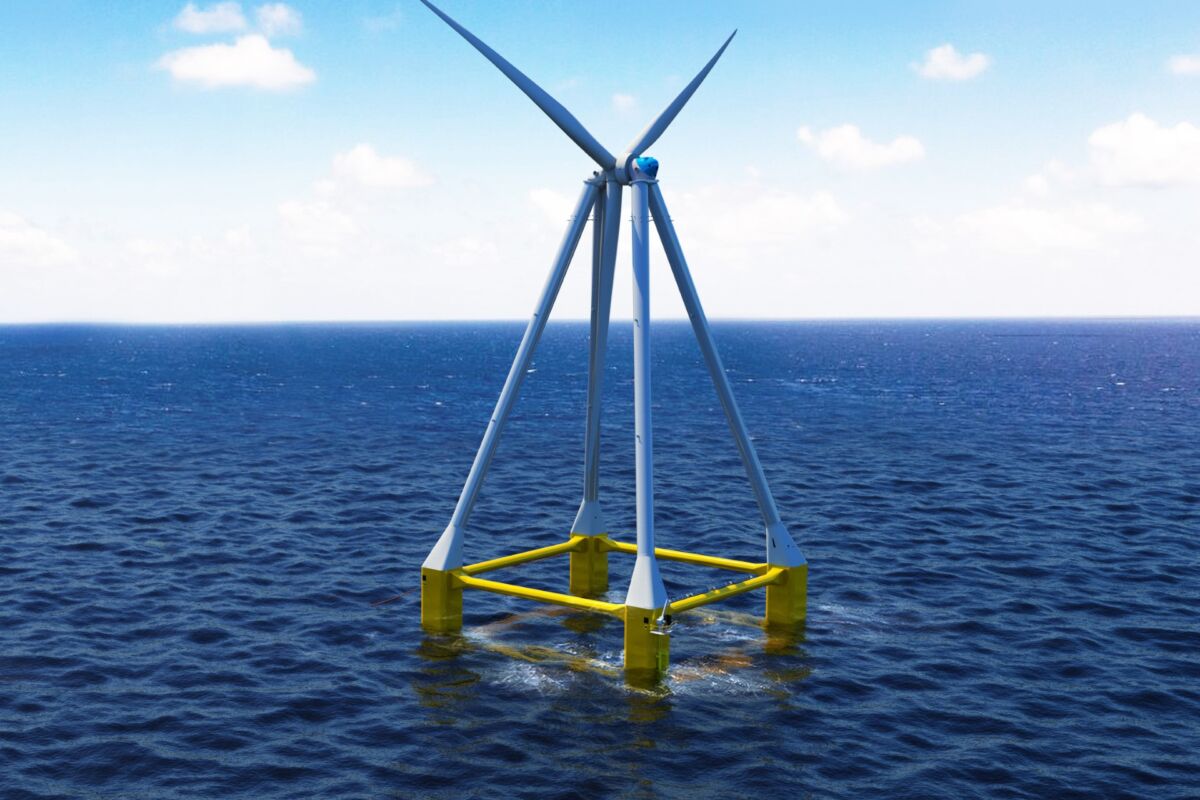The objective of the NorthSeaGrid project was to outline the financial and regulatory barriers to implementation of an offshore grid in the North Sea. The project provides recommendations on how to remove these barriers based upon technical, regulatory & financial analysis of practical case studies.
Starting point of the project was the general acknowledgement, also at governmental level, that an offshore grid that integrates wind farms would be beneficial. However, while direct interconnections are built and planned, innovative solutions directly integrating offshore wind farms are not planned yet. This is due to the many barriers that have to be removed before the practical implementation of an offshore grid becomes feasible.
The project assesses practical cases to enable and remove barriers to the development of building blocks for a North Sea offshore grid, and specifically: (i) outline, calculate and assess the primary financial barriers and risks to the implementation of selected projects; (ii) investigate the current regulatory framework, specifically with regards to cost and benefit allocation across country borders to highlight shortcomings, and (iii) Propose concrete recommendations and risk mitigation measures that are realistic and relevant to grid, financial and government stakeholders, especially NSCOGI.
The analysis was conducted by 6 partners, coordinated by 3E. The other partners are ECN, ICON, DNV-KEMA, CEPS, and Deutsche WindGuard. The project is co-financed by the EU Intelligent Energy Europe Programme and supported and followed by the North Seas Countries’ Offshore Grid Initiative (NSCOGI). The 2-year project officially started in April 2013 and was concluded in April 2015.



















